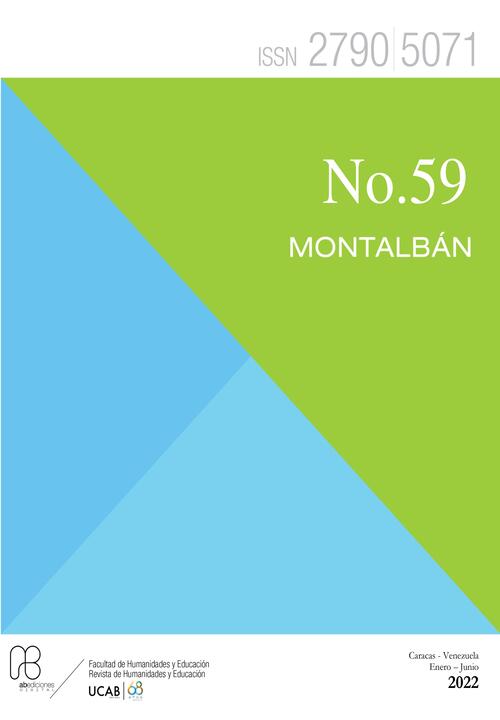San Basilio de palenque: A part of Africa that survives in Colombia through its culture
DOI:
https://doi.org/10.62876/rm.v1i59.5569Abstract
Abstract
This article highlights the African cultural values that allowed the enslaved to resist slavery. In effect, the Africans transported to Colombia as slave labor in sugarcane, tobacco and indigo plantations lived and worked in a hostile environment. Deprived of liberty, and faced with humiliation, they sought all means to free themselves from the yoke of slavery. This permanent search for freedom, allowed them to develop different forms of resistance to slavery; of which the most active is flight or marronnage.
In Cartagena, these slaves led by Benkos Biohó, entrenched themselves in inaccessible areas to form maroons’ communities. In these inhospitable places, they recreated an African universe known today as San Basilio de Palenque. This palenque, despite all the attempts at destruction it suffered, managed to survive and continues to preserve what was its strength: african cultural practices.
Keywords: Imaginary. Identity, Africa, Palenque, resistance, Cartagena.





